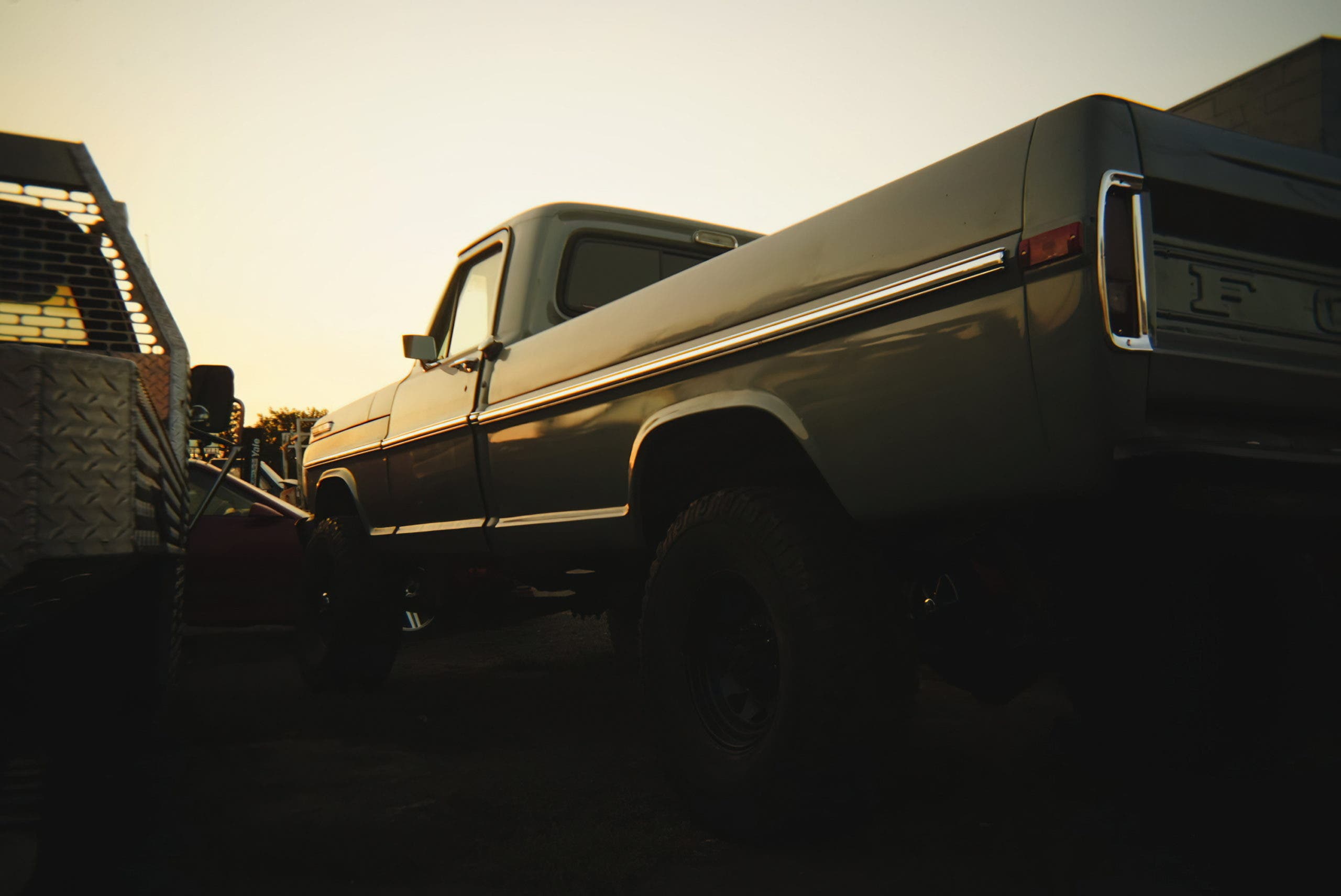“Most people love the idea, because it’s something different,” says Oregon-based photographer Andrew Schafer about his new project using disposable camera lenses. With some DIY creativity, he’s managed to transfer these lenses onto his Sony mirrorless camera. The results are surprisingly good, and it’s opened his mind to more such experiments.
If you’re a millennial like me, chances are you’ve seen a disposable camera during your childhood. Your parents would have probably tossed you one to carry along on a long holiday so that you could snap away at whatever you liked. They were cheap, plasticky, and hardly durable, but the experience was fun. Sure, not all the frames (if any) were sharp or even recognizable once they were developed. But their popularity has seen a resurgence, as is seen in the plethora of disposable camera models available for grabs today. Andrew Schafer decided to adapt the lenses off some of these disposable cameras to his Sony A7 IV instead of trashing them once they had served their purpose. His project is a shining example of how photographers these days are using all available resources to create unique images.
The Essential Photo Gear Used By Andrew Schafer

Andrew told us:
The Phoblographer: Hi Andrew. Please tell us about yourself and how you got into photography.
Andrew Schafer: I’ve been shooting photos for a little over 5 years now, and I’ve enjoyed everything about the creative process of producing images! Whether it’s on film or digital, there’s something so freeing about being able to create your own art based on how you feel or your perspective. That’s the main reason I was drawn to photography.

The Phoblographer: What was the idea behind putting a disposable film lens on a mirrorless camera? Weren’t the modern (or vintage) lenses challenging enough?
Andrew Schafer: Working at a developing lab, I see lots of these disposable cameras go to waste. Once I realized the lenses are relatively easy to remove from these disposable cameras, it was to the drawing board I went to.
Drilling several holes into Sony/Fuji body caps, attempting to get them centered, my buddy and I eventually got one centered enough.

The Phoblographer: what were the deciding factors When choosing a (disposable) lens for this experiment?
Andrew Schafer: Since the camera is designed for a 35mm negative (the same size as my full frame), I wasn’t afraid of it not filling the frame, but I had no expectations as far as focusing goes. Luckily, after messing around with the positioning of the lens, we got it to be as sharp as possible. Due to the minimum focus being about 2-3 meters away, it’s definitely a street photography lens more so than for portraits.

The Phoblographer: Which camera did you finally narrow it down to?
Andrew Schafer: After trying multiple brands of disposable cameras, it appears the Kodak ones are the easiest to manufacture accurately. The lens just pops right off, no problem at all. The Fuji disposables are rather tricky to disassemble and mount properly.

The Phoblographer: Are there film simulations you enjoy using with this combination? Tell us which ones and why.
Andrew Schafer: Fuji has a ton of incredible film simulations in-camera that really add to the effect of this lens, but in all honesty, just using my Sony with a small flash directly at my subject is the most fun. It really creates that disposable camera look without wasting film.

The Phoblographer: How has the response to this been in your local circle of photographers and online?
Andrew Schafer: Most people love the idea because it’s something different! While others scoff at the idea, and suggest just shooting real film. I find it humorous when people mock the idea and say it’s “Crippling my $2500 camera!!“ My response is, of course, it is. That’s the point. A sterile sharp photo isn’t always the look I’m going for. If it is, I’ll be using a Sony G-Master.

The Phoblographer: Instant cameras and film certainly have a thrill about them in the experience and results they produce. What part of it is most appealing to you?
Andrew Schafer: In this case, it’s something that is very unlike any lenses I’ve used. No focus/aperture ring is a challenge in itself. Let alone the focusing limitations. It has its time and place, and for me, it’s been glued to my camera anytime I leave the house to shoot street photos.

The Phoblographer: What other interesting ideas have you been cooking up? Anything exciting that we can look forward to?
Andrew Schafer: Something recently commented on my reel about mounting one of these tiny lenses on a Fuji GFX medium format system. Just purchased a GFX body cap, so we’ll see how it goes.

All images by Andrew Schafer; used with permission. Check out his Instagram page to see more of his photography.
Want to be featured? Click here to find out how.



Leave a Reply